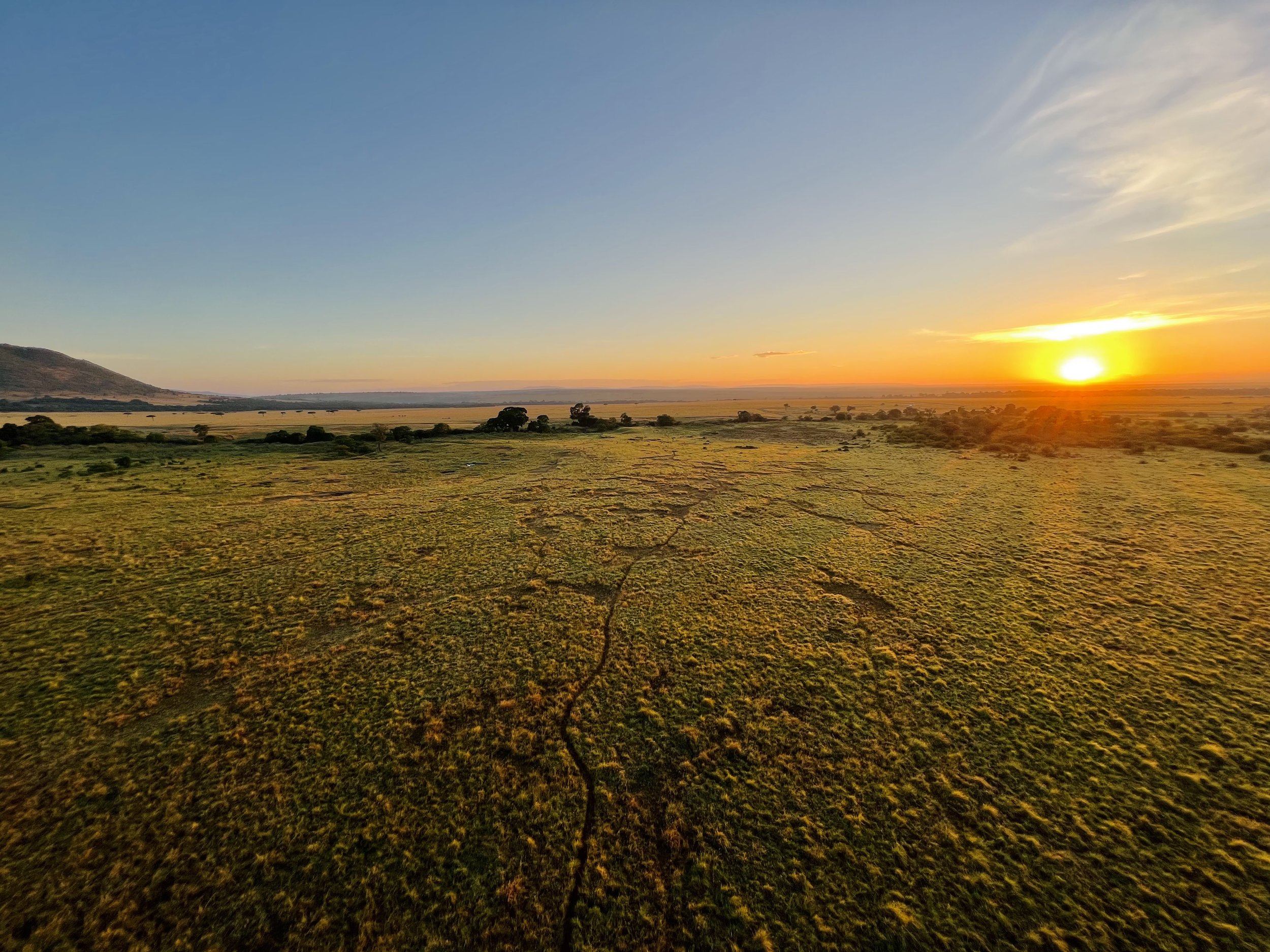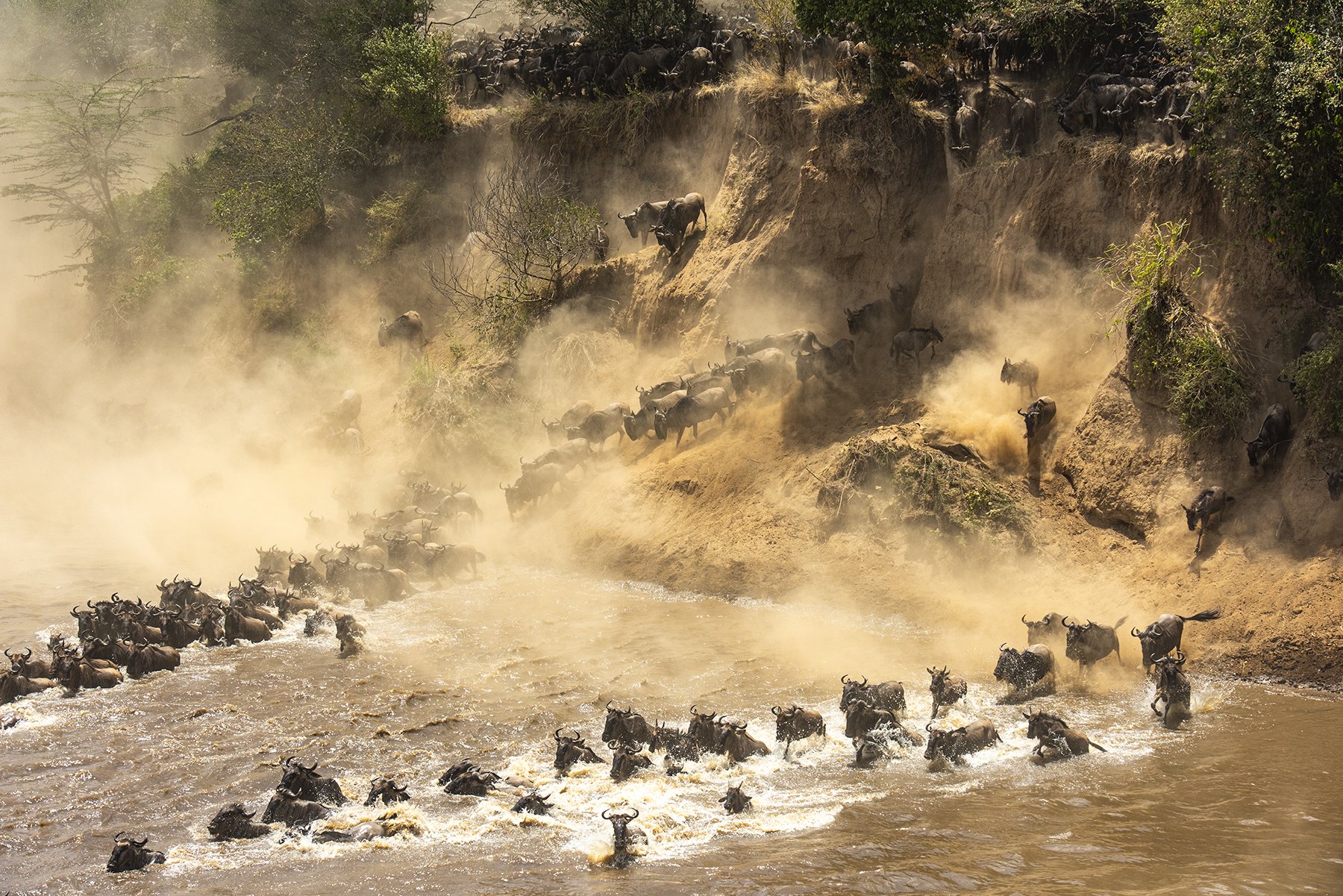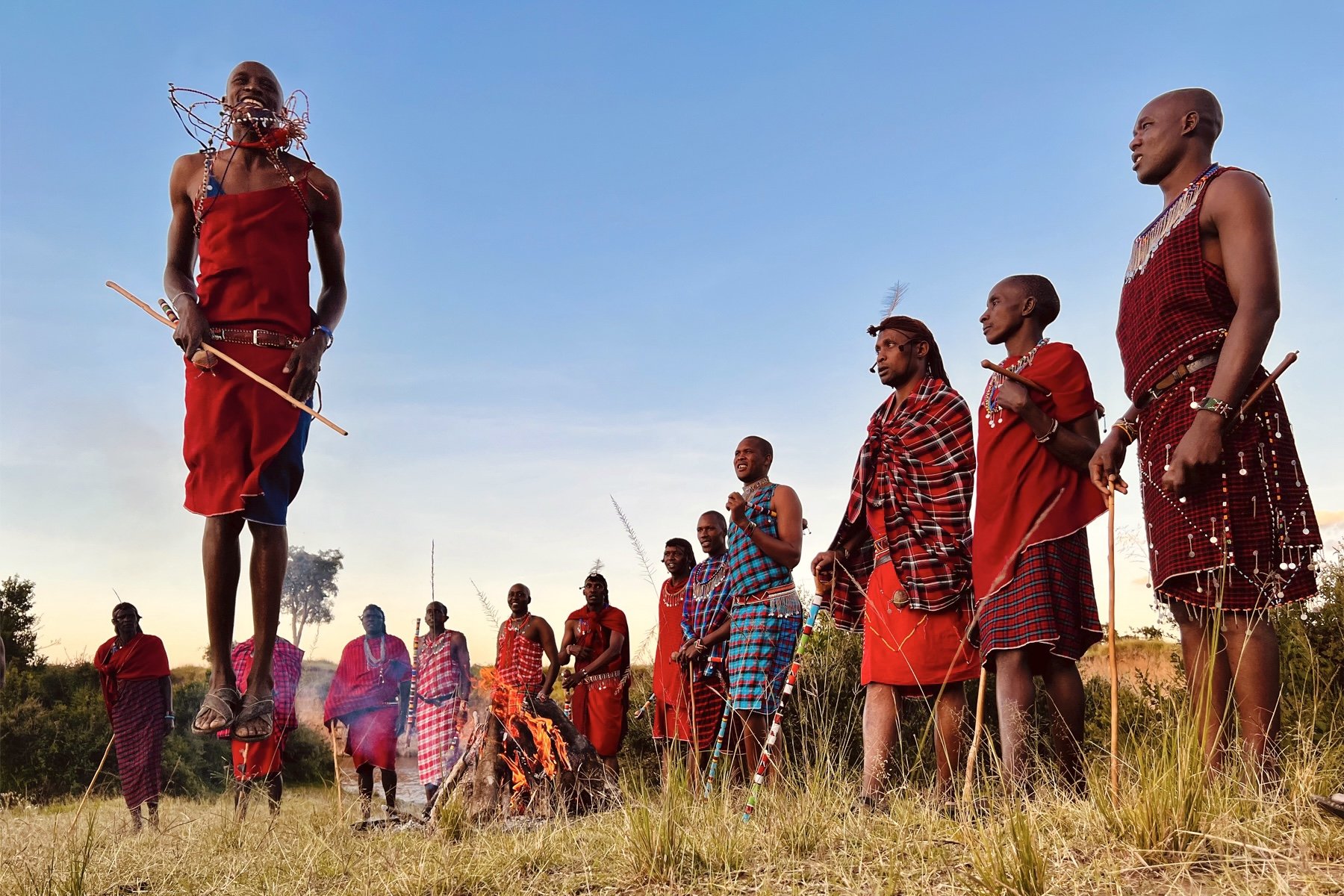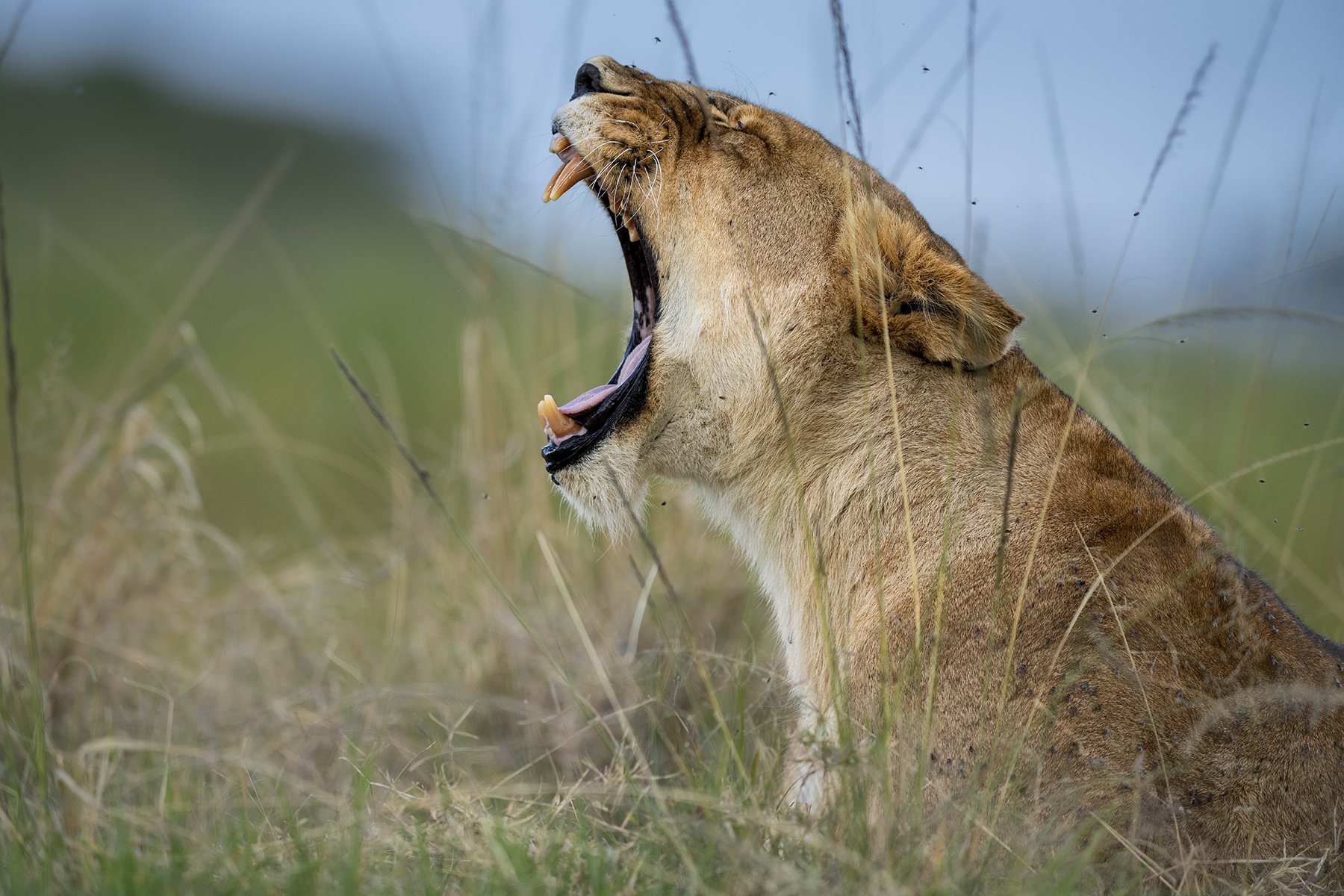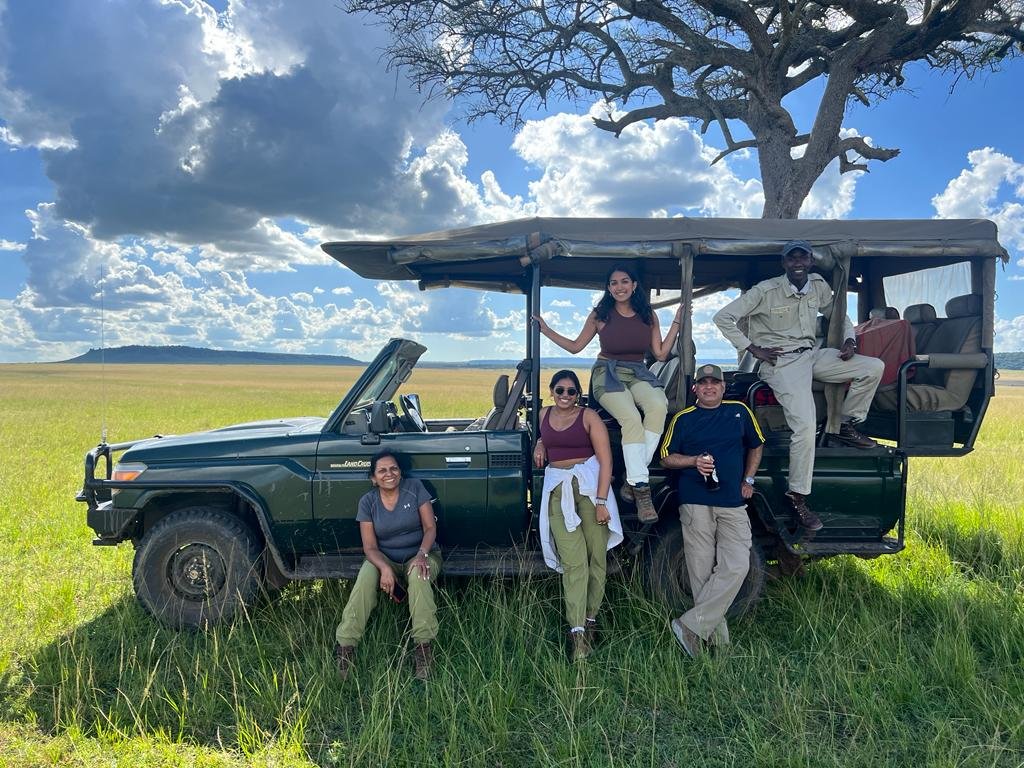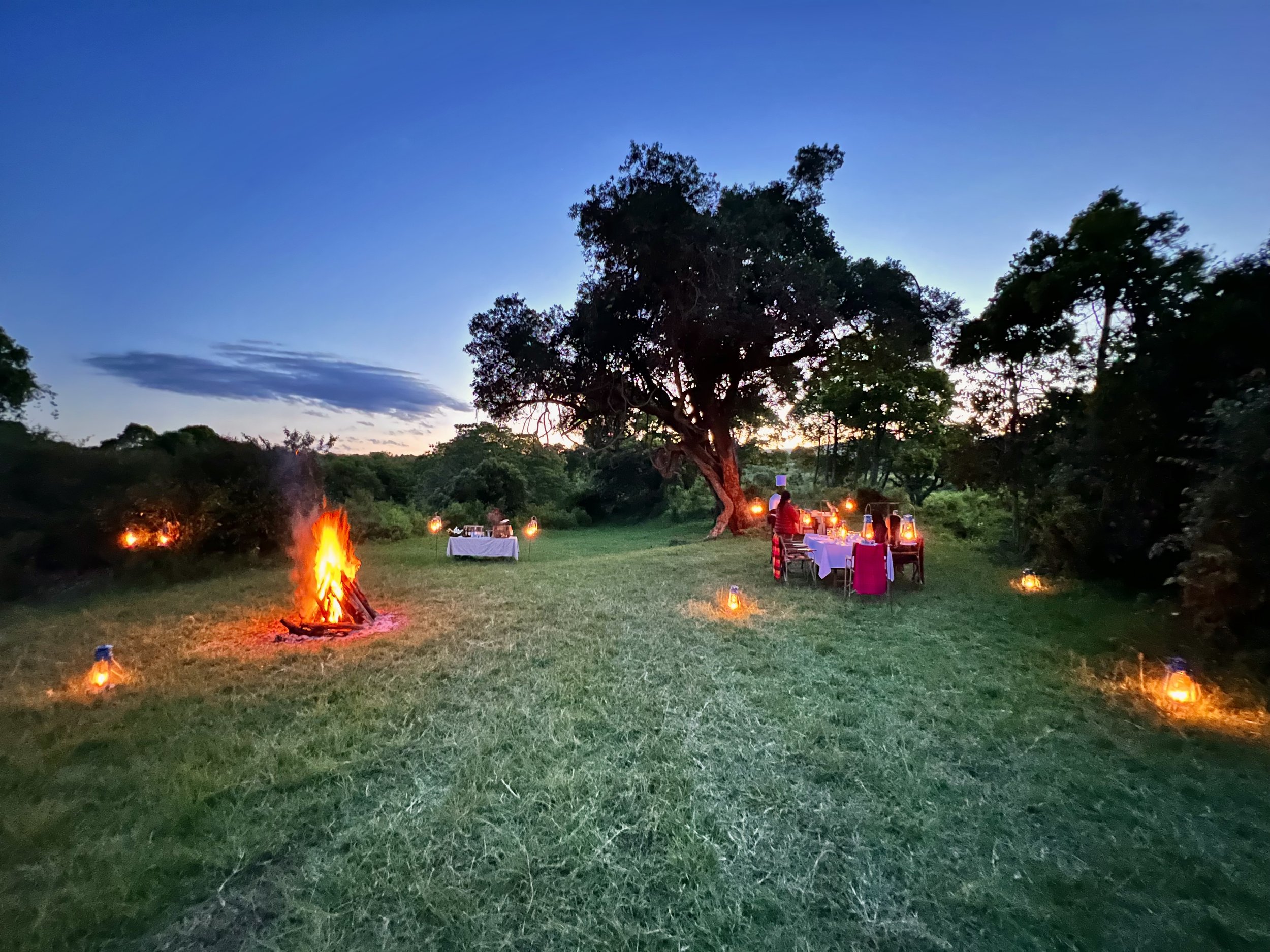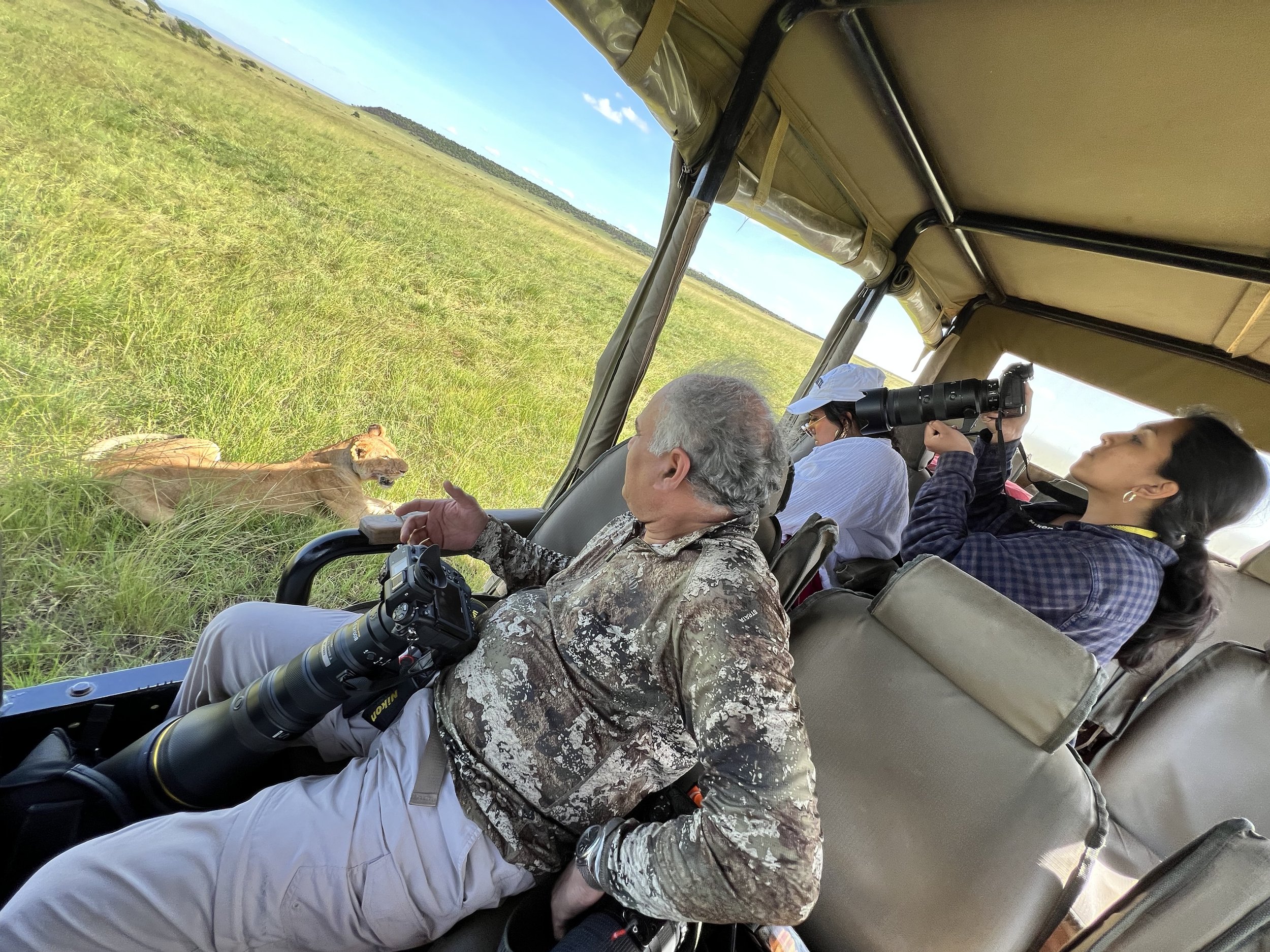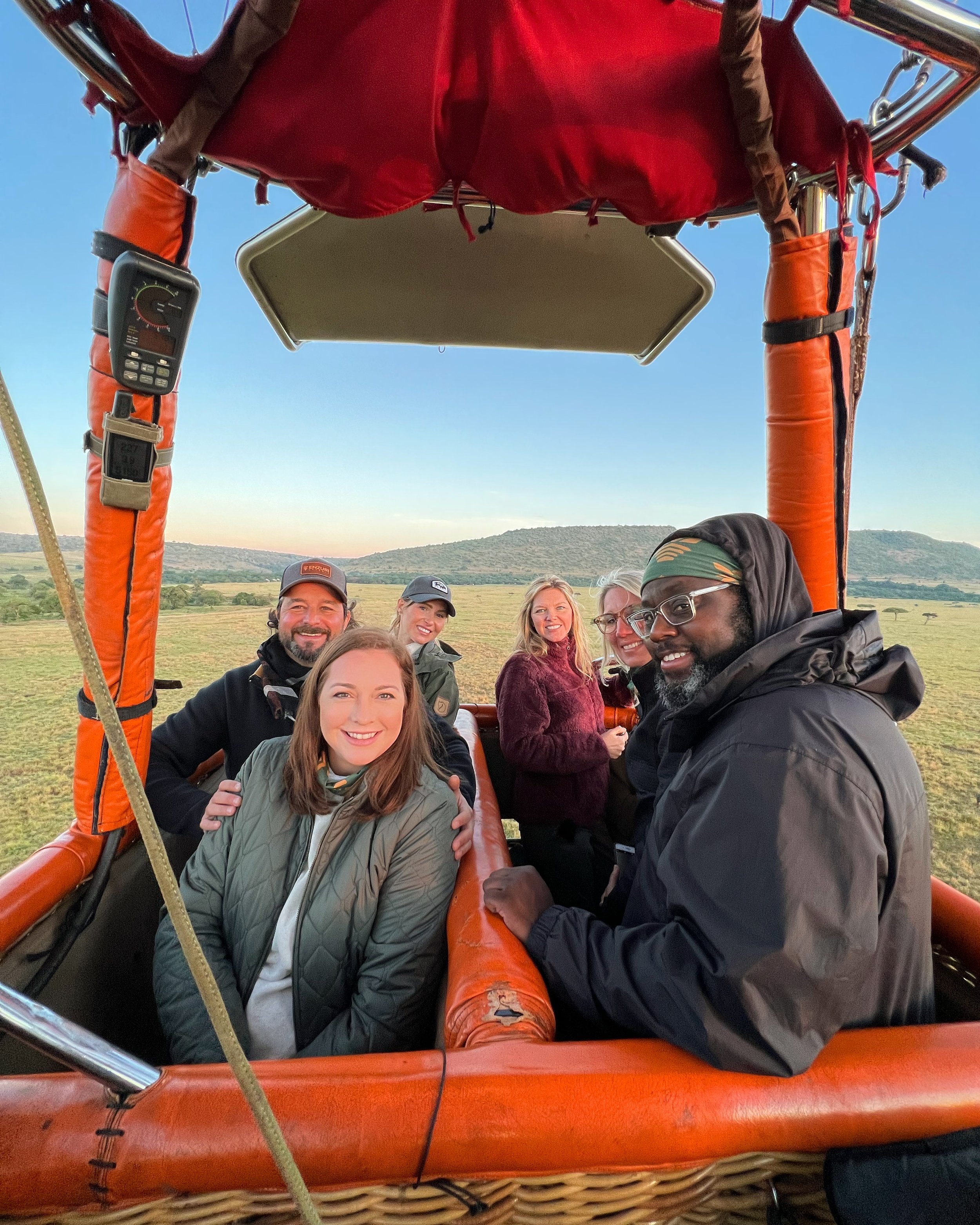Maasai Mara: A Wildlife Wonderland
When it comes to experiencing the untamed beauty of Africa, few places can rival the Maasai Mara. Located in southwestern Kenya, this world-renowned game reserve has captured the hearts of nature enthusiasts, wildlife photographers, and adventurers from around the globe. With its awe-inspiring landscapes, incredible biodiversity, and the iconic annual wildebeest migration, the Maasai Mara is a true haven for those seeking an unforgettable safari experience. This extraordinary ecosystem, extending across vast savannahs and rolling hills, has become synonymous with thrilling safaris and extraordinary encounters with nature. When you join us on an exhilarating journey through the Maasai Mara we give you the opportunity to delve into its remarkable landscapes, awe-inspiring wildlife, and the vibrant culture of the Maasai people.
A Land of Vast Landscapes:
The Maasai Mara spans an impressive 1,510 square kilometers, offering a diverse range of landscapes that never cease to amaze visitors. From vast grasslands and acacia-dotted plains to meandering rivers and dense forests, the Mara's scenery is a testament to the raw power and beauty of nature. The picturesque rolling hills and expansive open spaces provide a perfect backdrop for witnessing Africa's incredible wildlife in their natural habitat.
The Circle of Life: Wildlife in the Maasai Mara:
The Maasai Mara boasts an unparalleled abundance of wildlife, making it one of the premier destinations for game viewing. Home to the famous African Big Five (lion, elephant, leopard, buffalo, and rhinoceros), the reserve also shelters countless other species, including cheetahs, zebras, giraffes, hyenas, hippos, and crocodiles, to name just a few. The sheer diversity and density of animals in the Maasai Mara make every safari drive a thrilling adventure.
The Great Migration:
The Great Migration is the most extraordinary natural phenomena on Earth, a mesmerizing natural spectacle, unfolds on the vast plains of East Africa, painting a breathtaking tapestry of life and survival. It is a symphony of movement, where the rhythmic thunder of hooves resonates through the open savannah. In this timeless migration, millions of wildebeest, accompanied by zebras and gazelles, embark on an epic odyssey, driven by an ancient instinct to seek greener pastures. They traverse rivers and cross treacherous landscapes, their silhouettes etched against the golden horizon, forging ahead with unwavering determination. Along the way, predators lie in wait, their gaze fixed on this magnificent procession, a testament to the delicate balance of nature. Yet, in the face of adversity, the wildebeest press on, their unity and resilience echoing through the plains. As they journey through boundless vistas, their presence shapes the land and breathes life into the ecosystem, intertwining their destiny with the very heartbeat of the wild. The Great Wildebeest Migration stands as a testament to the awe-inspiring harmony of nature, an eternal reminder of the remarkable cycles of life, and a humbling invitation to witness the grandeur of the natural world.
Cultural Encounters with the Maasai People:
In addition to its abundant wildlife, the Maasai Mara offers an opportunity to immerse oneself in the rich traditions and culture of the Maasai people. The Maasai are a semi-nomadic tribe known for their distinctive attire, vibrant beadwork, and fierce warrior culture. Engaging with the Maasai community, visiting traditional villages (many of which offer educational experiences), and learning about their customs and way of life is an enriching aspect of a visit to the Maasai Mara. The Maasai people are an integral part of the Maasai Mara's tapestry, their vibrant culture adding depth to any visit. Engage in cultural exchanges, visiting traditional Maasai villages and immersing yourself in their way of life. Experience the rhythm of traditional dances, adorned in the vibrant hues of their garments, and listen to captivating stories that highlight their deep connection to the land and its wildlife. Engaging with the Maasai people offers a glimpse into a world where tradition meets modernity, and a spirit of resilience and harmony prevails.
40+
Lion Prides
90
Mammal Species
500
Bird Species
The Climate:
The climate of the Maasai Mara is characterized by distinct wet and dry seasons, each offering a unique experience for travelers. Located near the equator in southwestern Kenya, the Maasai Mara enjoys a pleasant climate throughout the year, with temperatures influenced by its elevation and proximity to the Great Rift Valley.
Dry Season (June to October): The dry season in the Maasai Mara spans from June to October, making it a popular time for wildlife enthusiasts and safari-goers. During this period, the weather is generally warm and sunny, with little to no rainfall. Temperatures range from 20°C to 30°C (68°F to 86°F) during the day, while cooler nights can see temperatures drop to around 10°C to 15°C (50°F to 59°F). The dry season offers excellent game-viewing opportunities as animals gather around water sources, and vegetation becomes sparser, making wildlife easier to spot.
July and August are particularly famous months in the Maasai Mara as they coincide with the Great Migration. During this period, large herds of wildebeest, zebras, and gazelles move across the plains in search of greener pastures, creating a remarkable spectacle for visitors.
Wet Season (November to May): The wet season in the Maasai Mara lasts from November to May and is characterized by intermittent rainfall. The rains are not constant but occur in short bursts, often in the form of afternoon showers or overnight downpours. The landscape transforms into a lush green paradise during this time, with an abundance of vegetation providing ample food for both herbivores and predators.
Temperatures during the wet season remain relatively warm, ranging from 20°C to 28°C (68°F to 82°F) during the day, and cooling down to around 12°C to 18°C (54°F to 64°F) at night. It's important to note that some roads and areas within the Maasai Mara may become inaccessible due to the occasional heavy rains, but the overall experience of witnessing the rejuvenation of the ecosystem during this time can be incredibly rewarding.
Birdwatching enthusiasts will find the wet season particularly appealing, as many migratory bird species arrive in the region, adding to the already rich avian diversity.
Overall, the Maasai Mara offers a favorable climate for travelers throughout the year. Whether you choose to visit during the dry season for optimal game viewing or during the wet season to witness the vibrant rejuvenation of the landscape, the Maasai Mara promises an unforgettable experience immersed in the beauty of nature.
Responsible Tourism and Conservation:
Preserving the delicate ecosystem of the Maasai Mara is of utmost importance to ensure its long-term sustainability. Numerous lodges and camps in the reserve follow eco-friendly practices, such as using solar energy, minimizing waste, and supporting local communities. Several conservation organizations also operate in the area, focusing on anti-poaching efforts, wildlife research, and community development initiatives. By supporting responsible tourism in the Maasai Mara, visitors contribute to the conservation of this invaluable natural treasure.
The Maasai Mara stands as an unrivaled gem in the world of wildlife and nature conservation. Its breathtaking landscapes, abundant wildlife, and the spectacle of the Great Migration combine to create an unforgettable experience for anyone fortunate enough to visit. Whether you're a safari enthusiast, an avid photographer, or simply seeking a profound connection with nature, the Maasai Mara promises to deliver an adventure that will leave an indelible mark on your heart and soul. Embark on a journey to this wildlife wonderland, and let the magic of the Maasai Mara captivate you like never before


